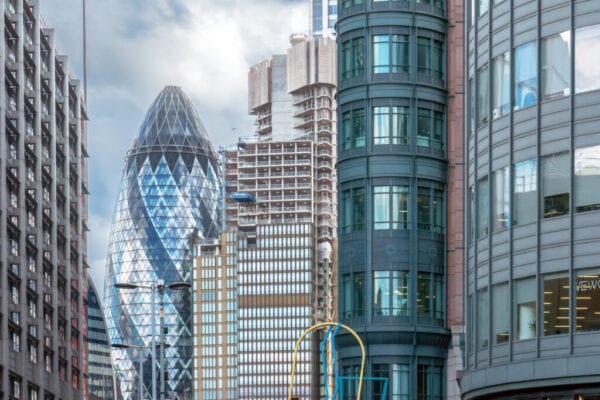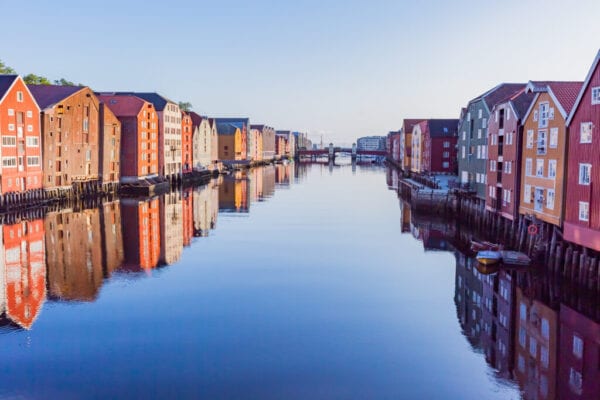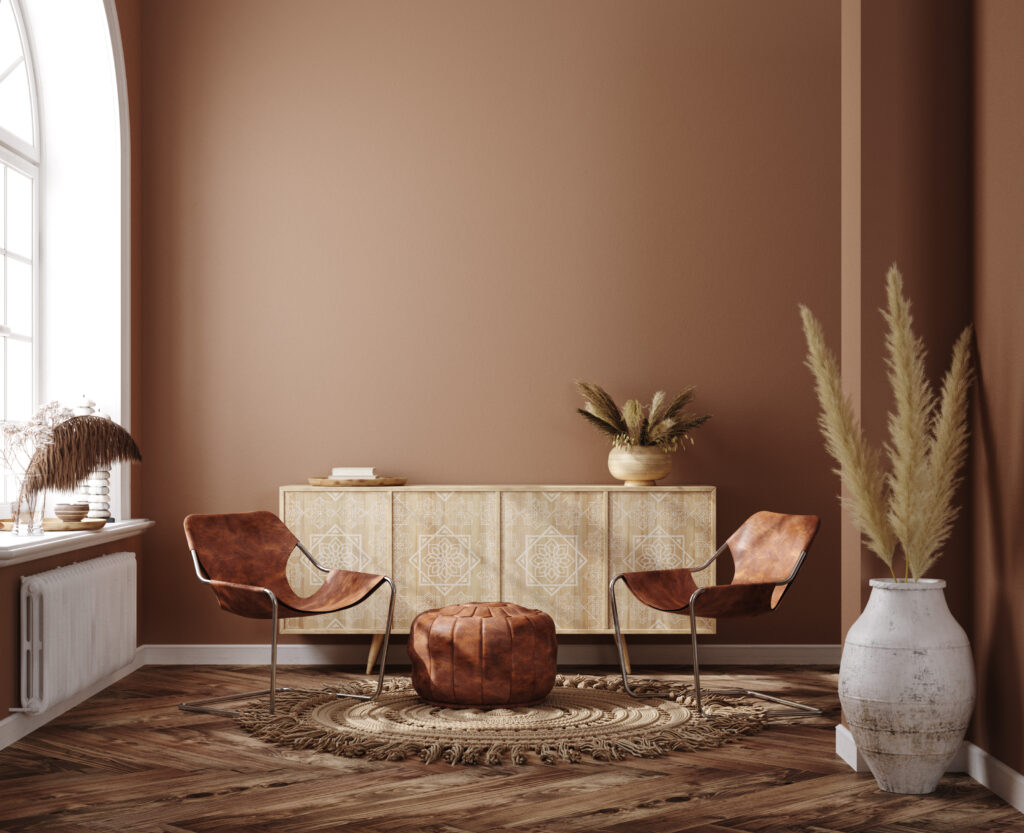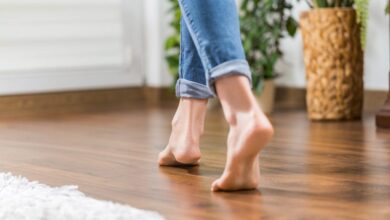10 Architectural Photography Tips To Get The Ultimate Shot

 jacquesvandinteren/Getty Images
jacquesvandinteren/Getty Images
Architectural photography, whether classic or contemporary, can be both rewarding and challenging. Figuring out how to get the ultimate shot isn’t always easy, even if you try and try and try again.
[deals-hub-ad]
There are many factors that go into getting the best shot, some controllable and some not, so here are some tips to know before you start.
While some of these may seem like common sense, they may not be what you think of every time you ‘point and shoot’ your camera at a building. However, keeping all of these tips in mind will surely help you get a picture worthy of a frame.
1) Always have your camera and location ready
If you really crave the best photography then maybe you should consider taking your camera with you everywhere, you never know when inspiration will strike. If your location has already been chosen in advance, make sure you are prepared for that particular location. If the building is a business, check what hours it is open.
You should also check with the building or property owners, or possibly the city, to see if you need a permit to take photos. Not knowing could get you into trouble, preventing you from getting the photo of your dreams.
Lastly, take a look at the weather report for the place you’re going. Depending on the type of shot you want (sunny, cloudy, rainy, stormy, clear), the weather could ruin your day.

Ivan/Getty Images
2) Invest in the right photography equipment
It is very important that you have the right equipment for the job you are going to do. When it comes to architectural photography, a wide angle, fisheye or ultra wide angle lens is the best option.
These types of lenses allow you to achieve a dramatic composition and give you the ability to fit the entire frame of the building in one shot. However, not every building will fit every shot.
This is where a widescreen camera can be beneficial. While some cameras offer stitching in panning, you may want to consider using huggin either PTgui, which are two types of software that allow you to stitch panorama shots together after the shot. This is also beneficial if you are shooting with a Digital single-lens reflex camera or DSLR.

Taku_S / Getty Images
3) Don’t rush perfection
One of the best tips for photographing amazing architectural subjects is to take your time. Make sure you have a large block of time set aside in your schedule for the session, possibly days.
Not only does this give you plenty of time to get the shots you want, but it also gives you a chance to explore the building.
You want to give yourself enough time to walk around and look at all sides of the building to figure out which area will give you the best and most unique shot of the architectural structure.

baona / Getty Images
4) Shoot in different weather conditions
As we mentioned earlier, paying attention to the weather report is a great way to ensure the perfect shot. This doesn’t necessarily mean that you can only shoot when the sun is shining.
In fact, you may be surprised to find that the best photos are taken when a storm is brewing and the sky is cloudy. Swirling clouds, falling rain, and the possibility of a rainbow can really intensify the atmosphere and add to the quality of the photo.
It’s a great idea to return to a location multiple times during different weather conditions to get enough shots of the building to figure out which one results in the best shot.

Dmitri Tishchenko/Getty Images
5) Pay attention to the light
You may be surprised at how different a building and its surroundings can look when the sun sets at night or disappears behind a cloud. Take photos during the day from different angles of the building to see what they look like.
Then come back at night and see what has changed in the building and its surroundings. You will find that as the sun goes down, different shadows appear and the building may even look a different color or take on a new look or facade.
Also, the direction of the sun compared to you and the building can make a difference. You can create shadows and highlights, and increase texture elements as well as contrast. For example, if you want to create a silhouette like sunsets, you need to make sure that the building is between you and the sun.
You can also use a high dynamic range or HDR program, such as photomatix to blend different exposure values, so keep that in mind when your camera clicks.
 rararrorro / Getty Images
rararrorro / Getty Images
6) Photography from a different perspective: a bug view
Just as light can have an effect on how the building looks, so can its position when taking the photo. Again, this is where timing comes into play as an important factor.
You want to make sure you get a chance to move around the building, shooting as you go. You also want to get as close to the building as possible, shooting straight up, to get a different perspective. Pretend you’re a bug or an ant crawling on the ground – no one really looks at a building from this angle, but it might just be the most incredible photograph you’ve ever seen.
On the other hand, moving as far away or high as possible from the building, to include the entire structure in one shot, could also create a unique shot. Play with the perspective you shoot from to really allow you to create stunningly unique photos.

Stefano Madrigali/Getty Images
7) Adopt photography software
Once the shot is complete, there are a few things you can do to really enhance your photos and make them even more spectacular (and it’s not cheating, many professional photographers use these tools). This can be done through the use of photography software programs.
For example, you can use software, such as Perfect photo package, which encompasses a variety of different programs for making changes to a shot after you’ve taken it. This includes features like Perfect Effects 9, Perfect Enhance 9, and Perfect Black & White 9.
Other software you can use includes DxO and photoshop. If you’re not familiar with this kind of software, you might consider something a little easier to use, like apple opening either adobe light room. There are so many technical ways to improve your photography, so take advantage!
 nantonov/Getty Images
nantonov/Getty Images
8) Black and white or color?
Another thing to think about: decide between a color photo and a black and white photo. Although the decision is solely up to the photographer, there are a few points to keep in mind.
When it comes to architectural photography, color is often the most important feature of the structure you want to highlight. Therefore, photographing the building in color might be the best option.
On the other hand, if you’re simply looking for a very graphic shot or one that highlights the structural lines of a building, you’re better off shooting in black and white only. It allows the contrast to be much more present in the finished product.

RAUL RODRIGUEZ / Getty Images
9) Don’t forget post-processing
Post-processing typically consists of color correction, sharpening, and contrast enhancement. To get the best shot, though, you’ll want to do a little extra post-processing.
Above all, you’ll want to think about lens distortion that may have occurred while you were taking the photos. This can be easily removed with photography software, such as DxO, which has already been mentioned.
you could also use PTLenswhich works to provide not only corrections to lens distortion, but also to chromatic aberration, vignettingand perspective.

Alexander Bognat/Getty Images
10) Look for a unique location
Aside from all the other tips we have provided, there is one more thought you need to consider. That thought is location, location, location.
There are many famous architectural places around the world that have been photographed many different times, in different light, and in different weather conditions. Perhaps that is why they are so famous. Does that mean that’s where you should go?
As a photographer looking to create the ultimate shot, perhaps you should find your own location. Find a place no one has ever been, a building not normally photographed, and take on the challenge of making it the next place architectural photographers are dying to go.

baona / Getty Images
Perhaps the most important photography tip is to take your time. You should give yourself time to look at the building and give yourself time to see the building in different weather conditions, day and night.
Once you have the basics, let your creativity flow. Take shots from different angles on the ground looking up, behind shooting straight ahead, and even from higher ground.
Do you like to photograph buildings? If so, what is your preferred technique?




